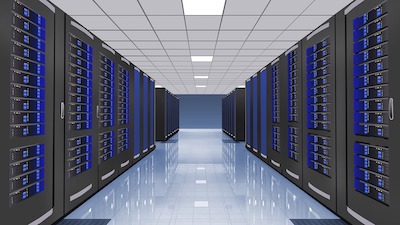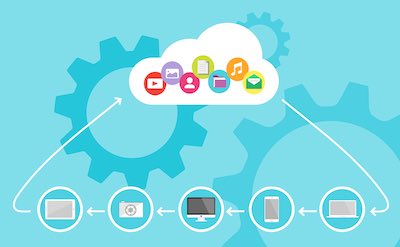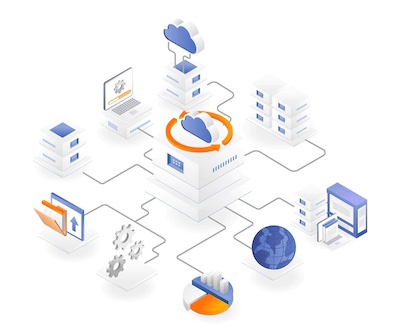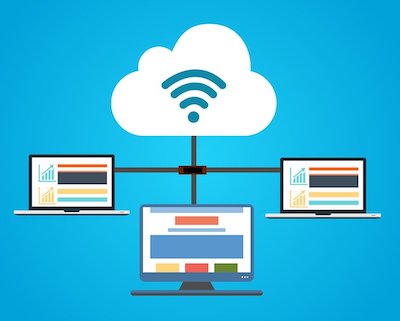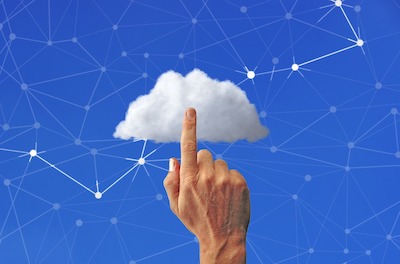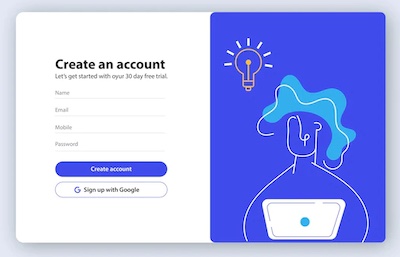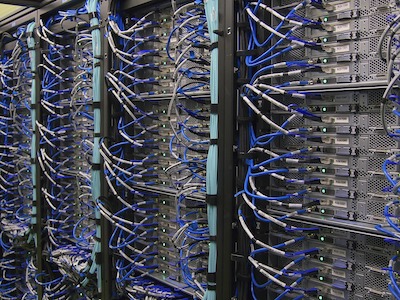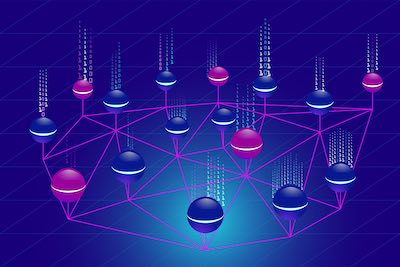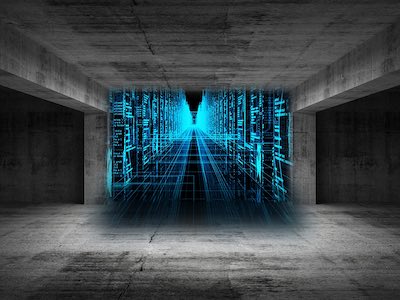 In recent years, cloud servers have become a popular option for businesses and individuals looking to store and manage their data. However, many people are still unsure of the differences between cloud servers and traditional servers. In this article, we'll explore the basics of cloud servers and traditional servers and help you understand the differences between the two.
In recent years, cloud servers have become a popular option for businesses and individuals looking to store and manage their data. However, many people are still unsure of the differences between cloud servers and traditional servers. In this article, we'll explore the basics of cloud servers and traditional servers and help you understand the differences between the two.
What is a Traditional Server?
A traditional server is a physical machine that is used to store, manage and process data. These servers are typically located on-premise, meaning that they are physically located at the same site as the users who access them. Traditional servers can be owned and managed by a business or organization, or they can be leased from a third-party provider.
Traditional servers can be expensive to set up and maintain, as they require dedicated hardware, software, and networking equipment. They can also be difficult to scale, as adding more servers can require significant time and resources.
What is a Cloud Server?
A cloud server, on the other hand, is a virtual machine that is hosted by a third-party provider. These servers are accessed over the internet and can be located anywhere in the world. Cloud servers are typically offered on a pay-as-you-go basis, meaning that businesses and individuals only pay for the resources they use.
Cloud servers are highly scalable, as additional resources can be added or removed quickly and easily. They are also highly flexible, as users can choose from a variety of configurations and settings to meet their specific needs.
Key Differences Between Cloud Servers and Traditional Servers
Now that we have a basic understanding of traditional servers and cloud servers, let's explore the key differences between the two:
Ownership and Control
With a traditional server, the business or organization that owns the server has complete control over it. They can configure it to meet their specific needs and make changes as needed.
With a cloud server, the provider maintains ownership of the server, and the user has limited control over it. Users can configure the server to meet their needs, but they are limited to the options and configurations offered by the provider.
Cost
Traditional servers can be expensive to set up and maintain, as they require dedicated hardware, software, and networking equipment. In addition, businesses and organizations may need to hire IT staff to manage and maintain the servers.
Cloud servers, on the other hand, are typically offered on a pay-as-you-go basis. Users only pay for the resources they use, which can be a more cost-effective option for businesses and individuals.
Scalability
Traditional servers can be difficult to scale, as adding more servers can require significant time and resources. This can be a problem for businesses and organizations that experience spikes in traffic or need to scale up quickly.
Cloud servers, on the other hand, are highly scalable. Additional resources can be added or removed quickly and easily, allowing businesses and organizations to respond to changing demands.
Security
Traditional servers can be vulnerable to physical theft, as they are located on-premise. In addition, they can be vulnerable to hacking and other security threats.
Cloud servers are typically more secure than traditional servers, as they are located in secure data centers and are managed by professionals who specialize in security. However, users must still take steps to protect their data, such as using strong passwords and encrypting sensitive information.
Reliability
Traditional servers can be vulnerable to power outages and other disruptions, which can cause downtime and lost data. In addition, they may require regular maintenance and updates to ensure they are running smoothly.
Cloud servers are typically more reliable than traditional servers, as they are hosted in data centers with redundant power and network connections. In addition, the provider is responsible for maintaining and updating the servers to ensure they are running smoothly.
Conclusion
Cloud servers and traditional servers both have their advantages and disadvantages. Traditional servers offer complete control and ownership, but they can be expensive and difficult to scale. Cloud servers, on the other hand, offer flexibility and scalability, but users have limited control over the servers.
Ultimately, the choice between cloud servers and traditional servers will depend on the specific needs and requirements of the business or organization. Some businesses may find that traditional servers are a better fit for their needs, while others may benefit from the flexibility and cost-effectiveness of cloud servers.
Regardless of which option is chosen, it's important for businesses and organizations to carefully consider their options and choose a provider that offers the features, security, and support they need to succeed in today's digital landscape. By understanding the differences between cloud servers and traditional servers, businesses and organizations can make informed decisions that will help them achieve their goals and meet their needs.

